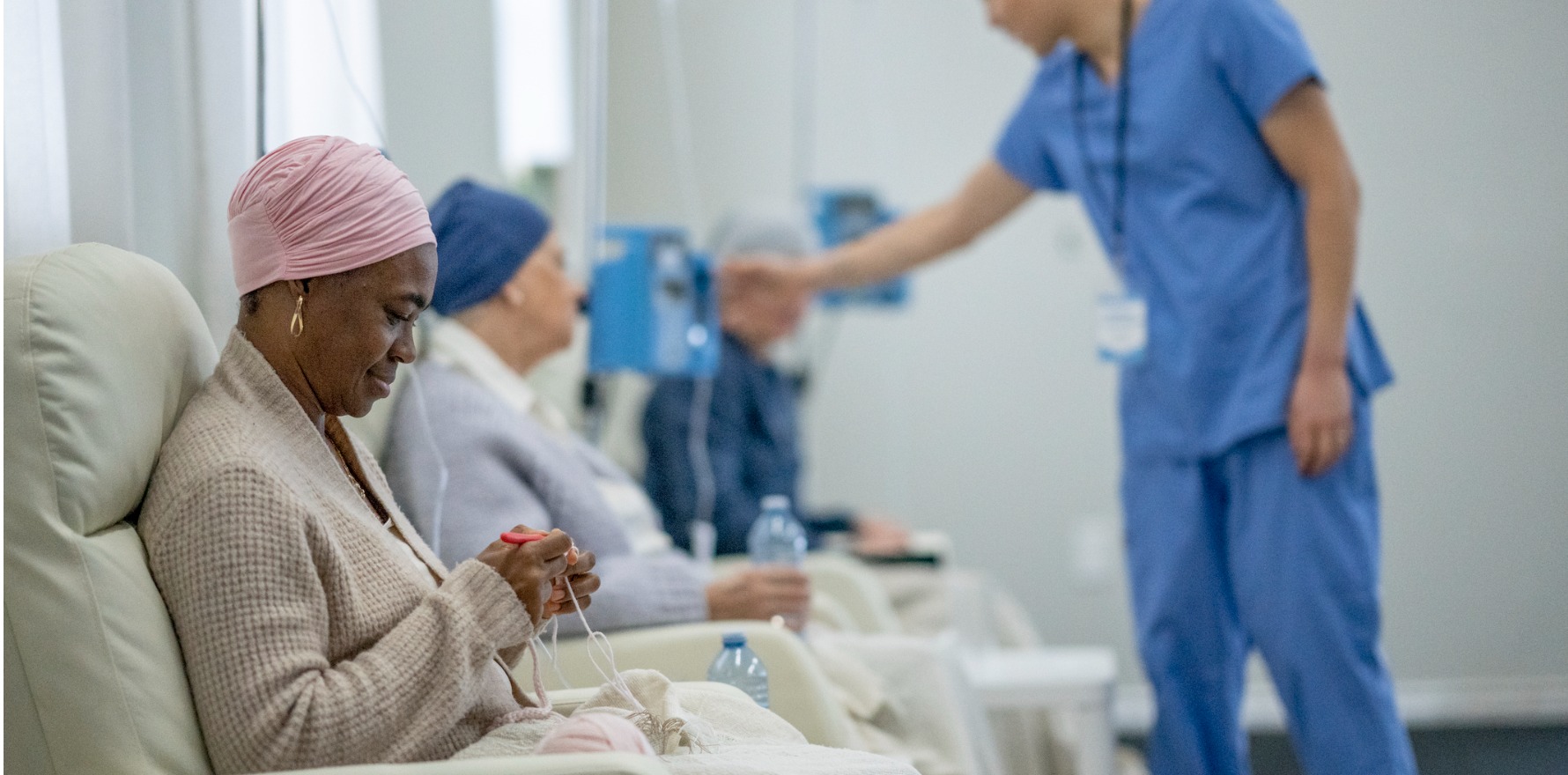As the rare cancers inquiry moved to Adelaide, Senators were told access to treatment isn’t great, even if you live in the city, and much worse if you don’t.
Federal Senators have been encouraged to strive for good practical outcomes and not let the search for perfection get in the way of ensuring Australians have equity of access to cancer care.
However, perfection was not much in evidence, as participants in the Equitable access to diagnosis and treatment for individuals with rare and less common cancers, including neuroendocrine cancer detailed lack of access to standard of care, particularly for patients in South Australia.
The public hearing at the Adelaide Town Hall heard stories of regional patients sorting out their own access to nursing and unable to get psychological or logistical coordination support, either through the public or the private system, without waiting a long time. Mrs Amanda Robertson, information and support manager at Cancer Council South Australia, added that allied health and social workers were also in short supply.
“There are … patients who could benefit from drugs and tests which are available now if we flip our systems.”
Professor Hamish Scott
Dr Sally Cox, radiologist and nuclear medicine specialist at Flinders Medical Centre (who appeared at the hearing as an individual), told senators the absence of a PET scanner at Flinders Medical Centre was “embarrassing”. The machine was essential to providing nuclear medicine, useful for many cancers, not just rare ones, senators were told.
“Every single public hospital has PET except for us,” she said.
“We’re not even providing basic care to patients with … any cancer,” said Dr Cox.
The system for funding treatments and testing that were available needed to be flipped so that patients could access treatments that existed right now, said the Royal Adelaide Hospital’s Professor Hamish Scott, head of department at Genetics and Molecular Pathology, SA. Rather than grouping cancers by tumour site, they should be grouped according to genetic/molecular profiling, which would require access to routine genetic testing, he pointed out.
“Our treatment interventions are driven by the old model of where the tumour occurs, MBS item numbers and PBS item numbers. And so the rare tumours in particular, they can miss out on having an appropriate drug because it’s not covered by the PBS item number. They can miss out on having the appropriate test because it’s not covered by an MBS item number.
“There are … patients who could benefit from drugs and tests which are available now if we flip our systems,” he said.
Centralised care was a problem for South Australians, the hearing was told. Flight availability, cost, cancellations and delays caused havoc with treatments. Radiology treatments could take six to eight weeks, with all the attendant costs and disruption to the patients’ lives.
Participants suggested alternative models of care, such as telehealth and increased reliance on nurse expertise.
“Telehealth clearly has a pathway forward. Rural and remote health clinics are often well served from infrastructure, but poorly served from training to use that infrastructure,” said Professor Scott.
“We’ve worked very closely, for example, with the University of South Australia to ensure remote health workers are trained to use equipment that can diagnose antenatal problems. If you take that model and apply it more broadly, there’s no there’s no reason why, in combination with telehealth and in the future AI using diagnostics … we couldn’t come up with a solution.”
Without the services provided to patients by Angel Flight Australia, “in many instances, they just died”.
Mr Howard Hobbs
Another was to increase the capacity of community-based nurse practitioners, suggested Mrs Robertson. However, that raised the matter of challenges already posed by the “huge shortages” of cancer trained nurses.
Workforce training on rare cancers was needed across the health system, said Mr Paul Flynn, group chief executive officer of The Hospital Research Foundation Group, from GPs, nurses and other frontline staff recognising symptoms, to pathology lab workers, of which there was also a shortage. This required work on standards and collaboration between hospitals, medical colleges and educational institutions.
Meanwhile, many patients in South Australia struggled to finance access to existing treatment which was located primarily in Adelaide.
The states all have patient transfer subsidy schemes, but their coverage is limited, leaving much of the economic burden to individuals and charity organisations like Angel Flight Australia which flies patients from regional and remote areas to capital cities for non-emergency treatments. All of their pilots are volunteers, 3200 of them around the country, who provide their planes free of charge. There are also 4000 drivers who ferry patients back and forth from the airfields. The organisation pays for the fuel.
Without the services provided to patients by Angel Flight Australia, “in many instances, they just died,” said chairman Howard Hobbs.
Mr Hobbs told the hearing there had been an 80% increase in the demand for the organisation’s services. They were currently seeking government funding in order to expand their services and start flying doctors out to regional areas as well. Mr Hobbs said there was nowhere Angel Flight could not go.
Collaboration between stakeholders was raised over and over as a solution to many of the existing access issues, particularly data sharing. Registries and data existed, but there were restrictions around sharing, which was prohibited between local area health networks, Associate Professor Gabby Cehic, Clinical Lead of the South Australian Peptide Receptor Radionuclide Therapy (PRRT), told senators.
“Everything we’re talking about, including the health economic research, comes down to collecting the data. … How can we incentivise, as well as put in the right legislative infrastructure, so that we get the right behaviour and outcome? It’s not an easy task. But we can change the way that the systems operate if we if we write in some type of incentive,” Mr Paul Flynn, group chief executive officer of The Hospital Research Foundation Group, suggested.
Related
Funding was of course the overarching issue, with Professor Scott noting that it was a problem that needed fixing through partnership between federal and state governments. Philanthropy was not the answer, he said.
“I just think there’s a there’s a dependency on research dollars and philanthropic dollars, which, if it was actually relieved, those dollars could be spent on other activities, which will take us even further forward to where we need to go.”
Funding, regardless of origin, needed to be better spent and that would be through collaboration, said Mr Flynn.
“Local health networks are great for the Treasury to be able to say, ‘Well, you’ve got your budget, you have to operate between your budget’…
“But on the other side of the fence, … if you live in Adelaide and you’re expecting delivery of a health services such as palliative care, if you live on one side of Grand Junction Road, you’ll get a very different service than you get on the other side of Grand Junction Road. That is the negative of local health networks.
“A silly thing in South Australia, for example, is that the local health network would get to benefit from a portion of any commercialised revenue from research that’s undertaken in that local health network. That’s great. But what happens if the local health network next door wants to share information with them? They’re less likely to do it because they might be breaching intellectual property, which could impact their ability to harvest commercialised revenue. So there are there are problems within our structure,” said Mr Flynn.
A recording of the entire hearing can be found on the Parliament of Australia website.





